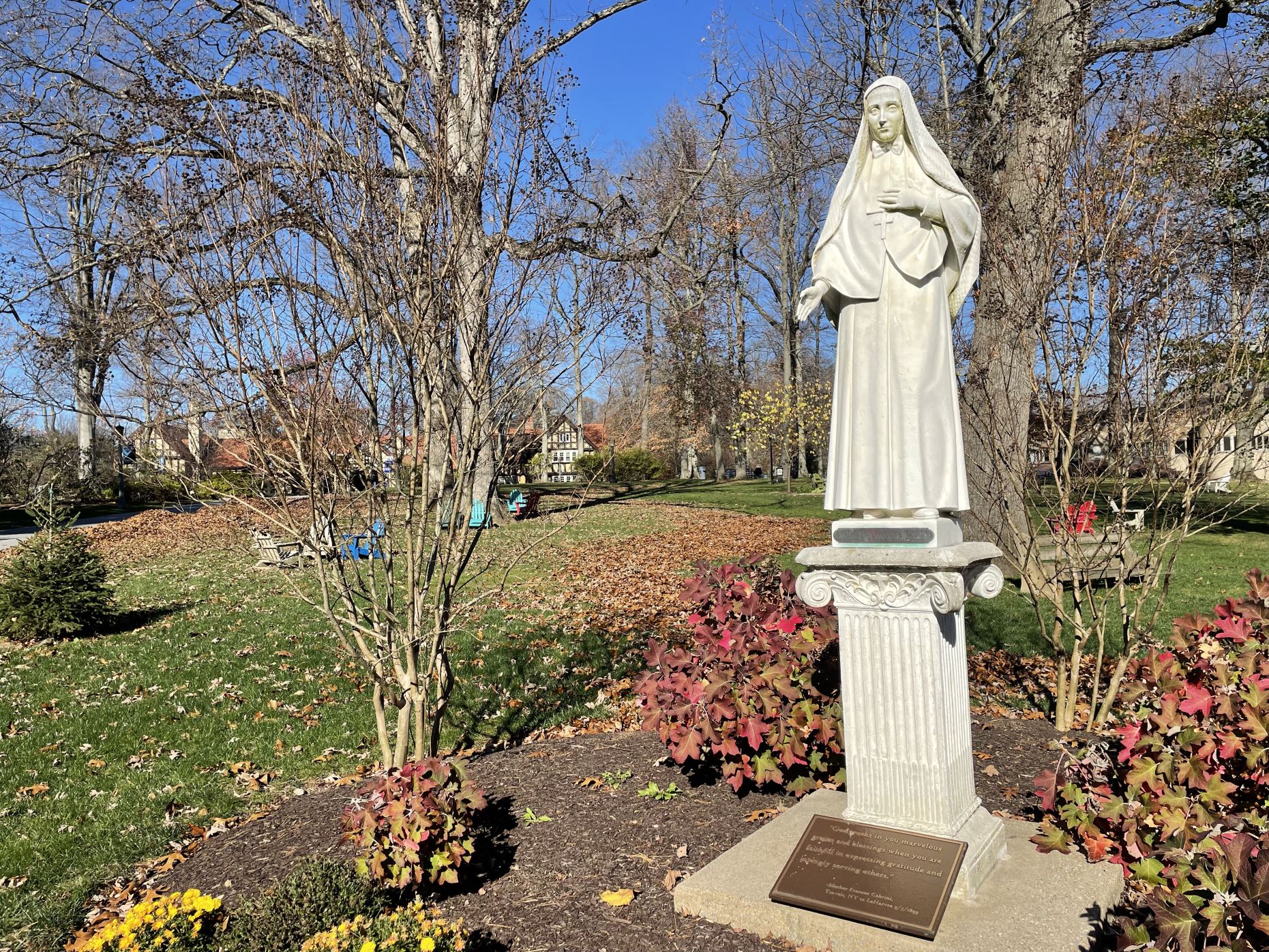
![]()

 In the early afternoon of Oct. 28, 2022, the Philadelphia Inquirer broke the news that Cabrini would undergo major changes in the wake of a mounting budget deficit. Shortly after this article was released, students received an email from Interim President Helen Drinan repeating the message that Cabrini would focus on “cost reductions” in order to get the school in a position for “recovery and then for growth.”
In the early afternoon of Oct. 28, 2022, the Philadelphia Inquirer broke the news that Cabrini would undergo major changes in the wake of a mounting budget deficit. Shortly after this article was released, students received an email from Interim President Helen Drinan repeating the message that Cabrini would focus on “cost reductions” in order to get the school in a position for “recovery and then for growth.”
Students had mixed emotions when they received this information, but they also had many more questions than answers. What both Drinan’s email and the Inquirer failed to do were explain to students why the elimination of the university provost is a big deal that they should care about.
A quick trip around campus will tell you everything you need to know about how informed Cabrini students are about their provost.
“It sounds really important,” Genevieve May, sophomore computer science major, said. “Sure, it was surprising. It’s been around for a long time but we as students still don’t really know what [the provost] is.”
What is a university provost?
Many universities have direct information on their websites about the university provost: what their specific jobs are, and the role that they play in a student’s educational career. Cabrini does not have such in-depth information about its provost position.
“It definitely surprised me,” Ethan Miller, freshman business management major, said. “I still don’t know much about what a provost is, but I know that it’s helpful and it seemed shocking that they would take that away.”
Michael Bugeja from Inside Higher Ed published a 2018 article with the goal of clarifying a provost’s role. Bugeja looked at different job descriptions from provost offices in universities across the country and found one common theme: a lack of clear definitions and ambiguity about their position.

At Cabrini, the provost position was held by Dr. Chioma Ugochukwu, who was appointed in 2019. Ugochukwu’s job was to head the Department of Academic Affairs, covering undergraduate, graduate, and professional courses of study. Ugochukwu also had a major role in overseeing the research being conducted by the university.
From this description, the provost is an important part of running a university. Looking at her salary would tell you the same story, as a public record report from 2020 shows Cabrini’s provost as its second-highest-paid employee.
Clearly, the elimination of this role solves some financial issues. But Cabrini students are still left searching for answers for how this move directly impacts them.
“Sure it was surprising,” Ashley Ea, sophomore computer science major, said. “It seems like we’ve had [the provost role] forever, but I didn’t understand what this meant for my student experience.”
The restructuring plan
With the provost position being eliminated, how exactly will the administrative hierarchy look? The provost was already replaced by a dean of academic affairs. Former Associate Provost Dr. Michelle Filling-Brown was appointed by Drinan to serve in this role.
Filling-Brown’s new role will make her the chief academic officer on campus, accountable for the creation of plans, as well as implementation of academic strategies. On top of these duties, she will supervise Cabrini’s schools and academic departments, faculty personnel issues, academic administration, student success, the library, the registrar’s office, institutional research, instructional technology, and online learning. She also cited a role that will have her working on student retention and university diversity, equity, and inclusion efforts.
Reporting to Filling-Brown will be two associate deans, replacing the three deans overseeing each of Cabrini’s three schools: Dr. Beverly Bryde, Dr. Tim Mantz, and Dr. Rick Thompson. The two new associate deans will be hired by December 31, and current faculty are invited to apply for these roles.
This restructuring is supposed to bring down the number of department chairs, which previously sat at 18, and with other adjustments and additional upcoming cuts, is intended to save the university enough money to be out of a deficit within three years.
While this information seems straightforward, the lack of communication with students regarding details of these changes caused concern. Students saw that Cabrini was in debt, and they weren’t effectively briefed on how the moves would set the university up for success.

“I was more shocked because I didn’t realize how much in debt our school was,” Josh Devine, freshman finance major, said. “I didn’t really know what the provost thing was, I just heard debt and thought it was really surprising.”
“I feel like they should’ve explained what exactly was going on,” May said. “It was really hard for students to learn and understand what was going to be gone and why.”
Drinan finished her announcement to students with an uplifting note about the work being done at the administrative level. “This is your school,” she said. “And we will continue our work to provide the best experience we can.”



